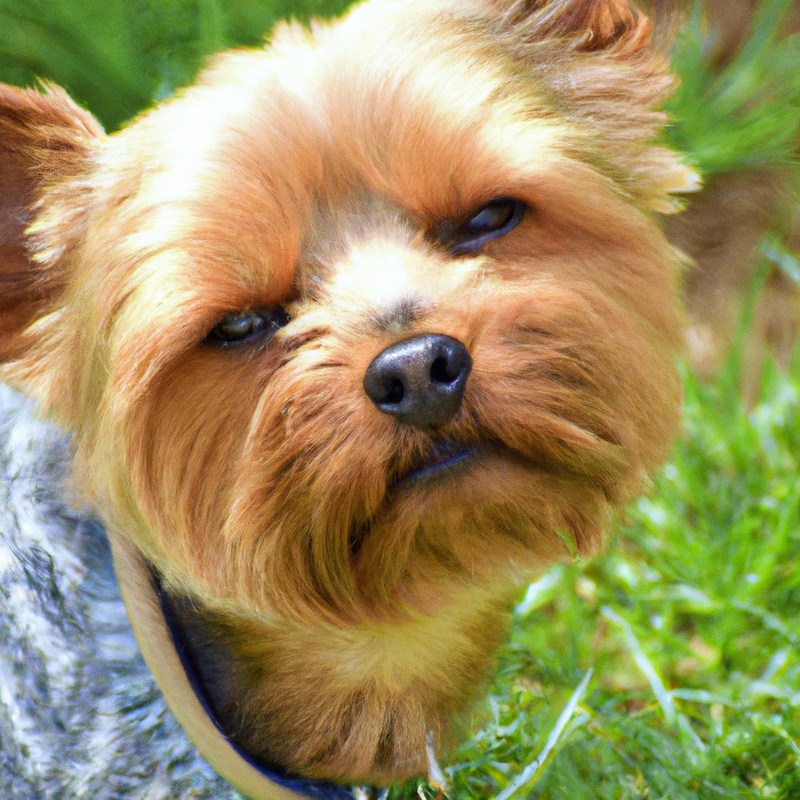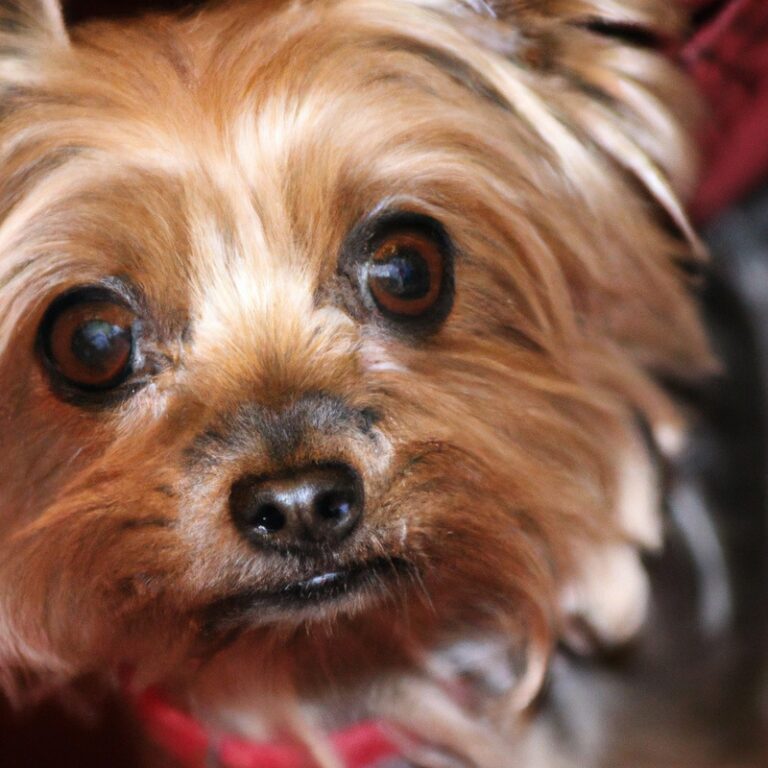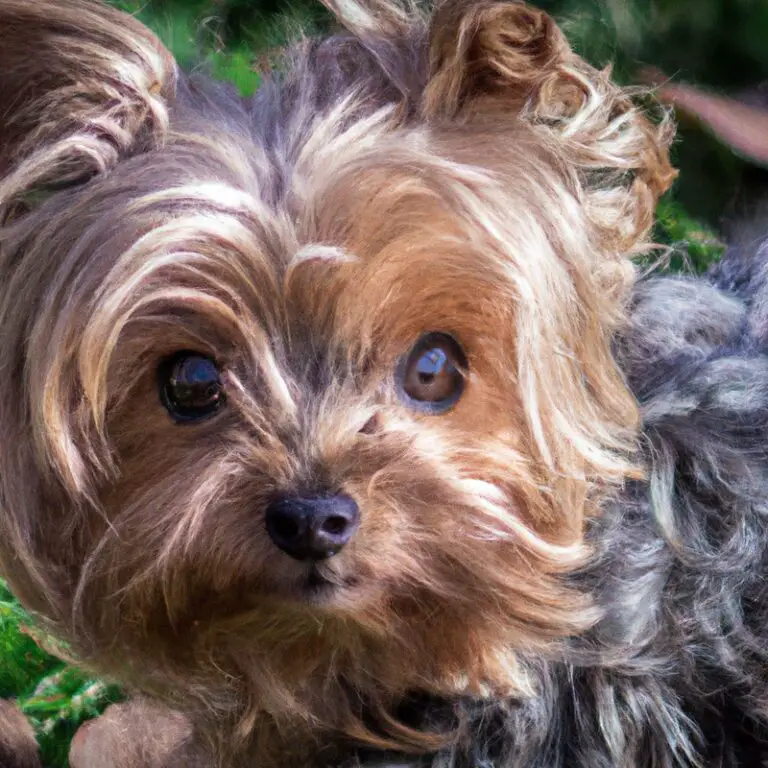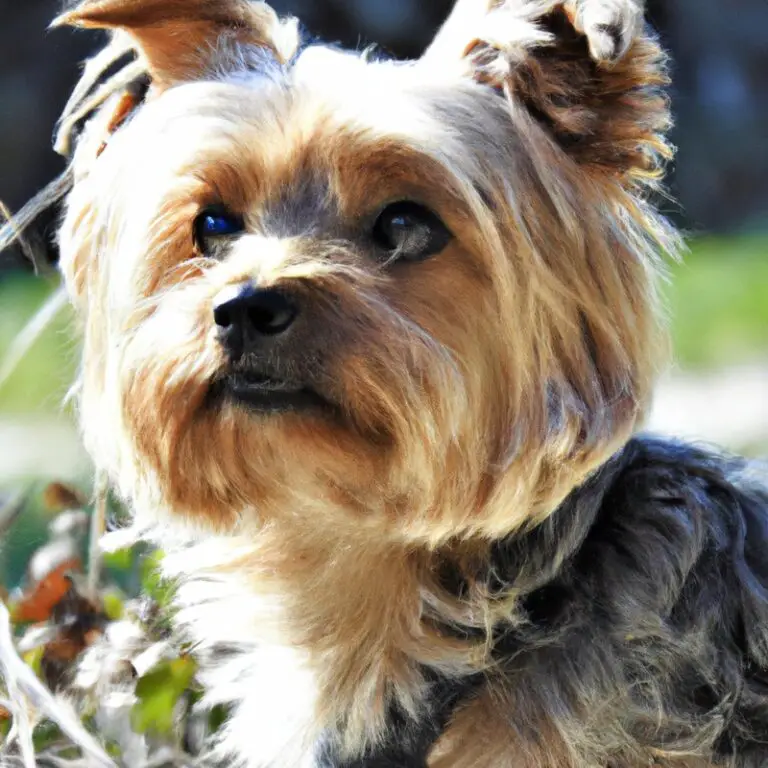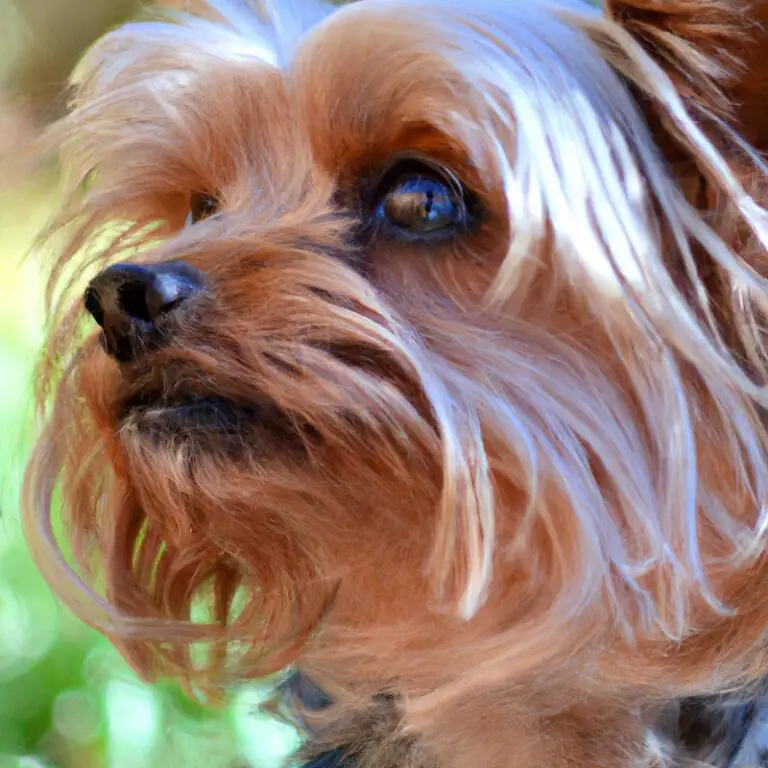How Do I Teach My Yorkshire Terrier To Stay In The Yard Without a Fence?
Key Takeaways:
- Consistent training and positive reinforcement are essential for teaching a Yorkshire Terrier to stay in the yard without a fence.
- Utilizing physical boundaries, such as a long leash or a wireless dog containment system, can help keep a Yorkshire Terrier within the yard.
- Creating a safe and stimulating environment with toys, treats, and sufficient exercise can reduce the temptation for a Yorkshire Terrier to wander outside the yard.
- Supervision is crucial, especially during the initial stages of training, to ensure the Yorkshire Terrier learns the boundaries and stays in the yard.
Are you tired of constantly worrying about your Yorkshire Terrier escaping from your yard? Do you dream of a safe haven where your furry friend can explore and play without the constraints of a traditional fence?
Well, you’ve come to the right place! As an expert in dog training and behavior, I understand the challenges of keeping a Yorkshire Terrier contained without a fence.
But fear not! In this article, I will share with you some tips, techniques, and alternative solutions that will help you teach your Yorkshire Terrier to stay in the yard without a fence. Trust me, it’s easier than you think!
| Method | Description |
|---|---|
| Positive Reinforcement Training | Teach your Yorkshire Terrier to stay in the yard using treats and rewards for desired behaviors. |
| Boundary Training | Establish invisible boundaries using flags, visual cues, or scent markers to train your Yorkshire Terrier to stay within the designated area. |
| Training Collars | Consider using training collars such as shock collars or vibration collars to discourage your Yorkshire Terrier from leaving the yard. |
| Supervision and Leashing | Supervise your Yorkshire Terrier closely while in the yard and always keep them leashed to prevent them from wandering off. |
Understanding the challenges of keeping a Yorkshire Terrier in the yard without a fence
Why traditional fences may not be suitable for Yorkshire Terriers
Traditional fences may not be suitable for Yorkshire Terriers due to their small size and agility. These dogs are known for their ability to squeeze through small gaps or dig under fences.
Additionally, Yorkshire Terriers are excellent jumpers and can easily clear low fences.
Moreover, the breed’s territorial nature may lead them to bark excessively or become anxious when confined by a traditional fence. Therefore, alternative methods such as invisible fences, hedging, or supervised outdoor play may be more effective in keeping Yorkshire Terriers safely contained in the yard.
The importance of training and supervision for a Yorkshire Terrier in the yard
Training and supervision are essential for a Yorkshire Terrier in the yard. Without proper training, your furry friend may wander off or get into trouble.
Training helps establish boundaries and teaches them to stay within the yard.
Along with training, supervision is crucial to ensure their safety. Keep an eye on them while they are outside, and intervene if necessary.
Regularly check the yard for any potential hazards and make sure it is secure.
With consistent training and supervision, you can enjoy a worry-free time with your Yorkshire Terrier in the yard.
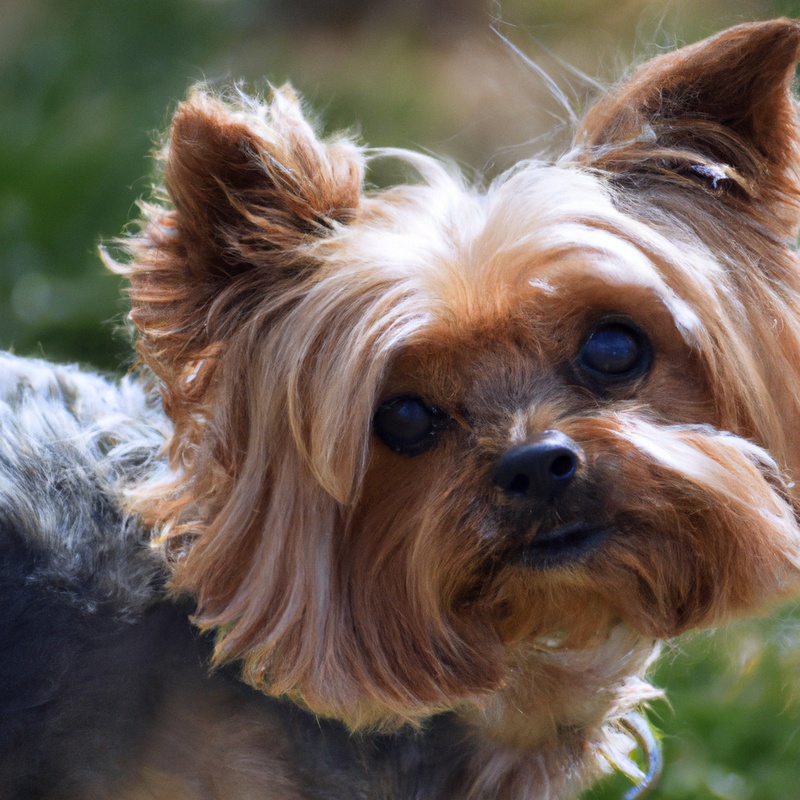
Tips and techniques for teaching a Yorkshire Terrier to stay in the yard without a fence
Positive reinforcement training methods for teaching boundaries
Positive reinforcement training can be an effective method for teaching boundaries to your Yorkshire Terrier. The key is to reward your dog for staying within the designated area, rather than focusing on punishment for crossing the boundaries.
Start by establishing clear boundaries and using visual cues, such as flags or markers, to help your dog understand the limits.
Whenever your Yorkie stays within these boundaries, reward them with treats, praise, or play. Consistency and repetition are important, so be patient and continue to reinforce the desired behavior.
With time and positive reinforcement, your Yorkshire Terrier will learn to stay in the yard without a fence.
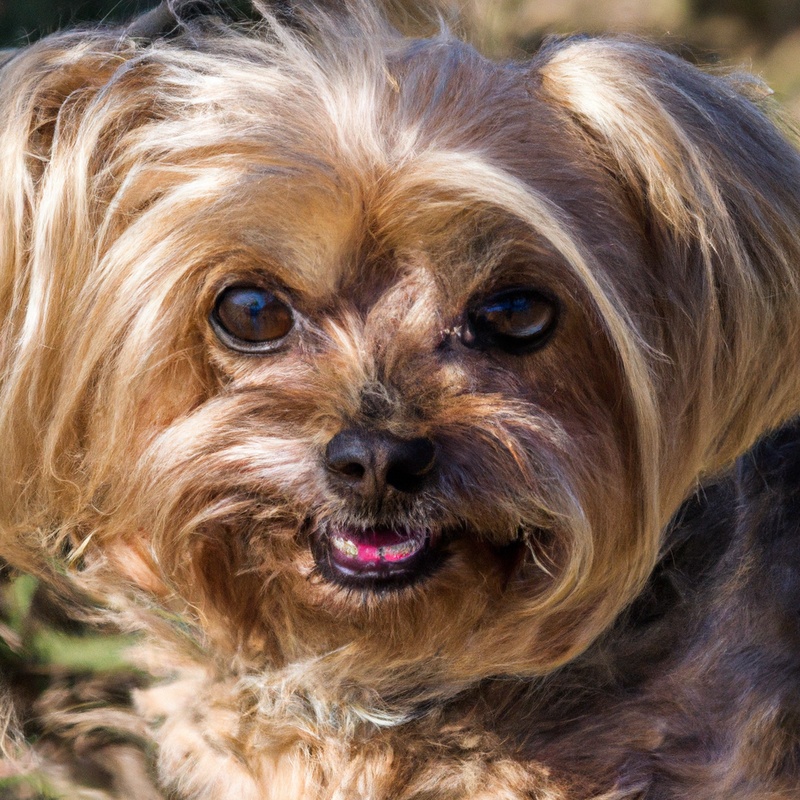
Creating a safe and secure outdoor environment for your Yorkshire Terrier
Creating a safe and secure outdoor environment for your Yorkshire Terrier is essential. Here are a few key steps to achieve this:
- Install a sturdy fence: A solid fence is the first line of defense. Make sure it’s high enough to prevent your Yorkshire Terrier from jumping over and has no gaps for them to escape through.
- Check for potential hazards: Regularly inspect your yard for any potential dangers such as toxic plants, sharp objects, or small gaps where your Yorkshire Terrier could get stuck.
- Provide shade and shelter: Ensure there is a shaded area in your yard to protect your Yorkshire Terrier from excessive sun exposure. Additionally, provide a well-insulated doghouse or covered area for them to seek shelter during inclement weather.
- Secure gates and entrances: Double-check that all gates and entrances to your yard are securely closed and latched at all times to prevent accidental escapes.
- Supervise outdoor activities: Never leave your Yorkshire Terrier unattended in the yard. Supervise outdoor activities to ensure their safety and intervene if necessary.
- Use safe and durable toys: Provide your Yorkshire Terrier with safe and durable toys that they can enjoy in the yard. Avoid toys with small parts that could be a choking hazard.
- Regular exercise and mental stimulation: Engage your Yorkshire Terrier in regular exercise and mental stimulation to prevent boredom and frustration, which may lead to escape attempts.
By creating a safe and secure outdoor environment, you can ensure your Yorkshire Terrier’s well-being and enjoy peace of mind knowing they are protected within your yard. Remember to always prioritize their safety and monitor their activities appropriately.
Using visual and physical cues to establish boundaries
To establish boundaries for your Yorkshire Terrier without a fence, you can make use of visual and physical cues. Visual cues can include placing flags or markers around the perimeter of your yard to indicate where your dog should stay.
These visual cues will help your dog understand the boundaries of their territory.
Physical cues can involve the use of natural obstacles such as hedges or bushes to create a physical barrier. You can also use temporary fencing or playpens to create a secure area for your pup.
Training is key in reinforcing these cues.
Start by walking your dog around the boundaries and rewarding them when they stay within the designated area. Gradually increase the time spent within the boundaries and reinforce positive behavior with treats and praise.
Consistency is vital.
Make sure to stay consistent in reinforcing the boundaries and continue with regular training sessions. With time and patience, your Yorkshire Terrier will learn to understand and respect the visual and physical cues you have established.
Consistency and repetition in training for a Yorkshire Terrier
Consistency and repetition are key when training a Yorkshire Terrier. It’s important to establish a regular training routine and stick to it.
Repeat commands and exercises frequently to reinforce positive behaviors.
By consistently using the same cues and rewards, your Yorkshire Terrier will learn and understand what is expected. Remember to keep training sessions short and enjoyable to maintain your dog’s interest and focus.
With consistent and repetitive training, your Yorkshire Terrier will become well-behaved and obedient in no time.
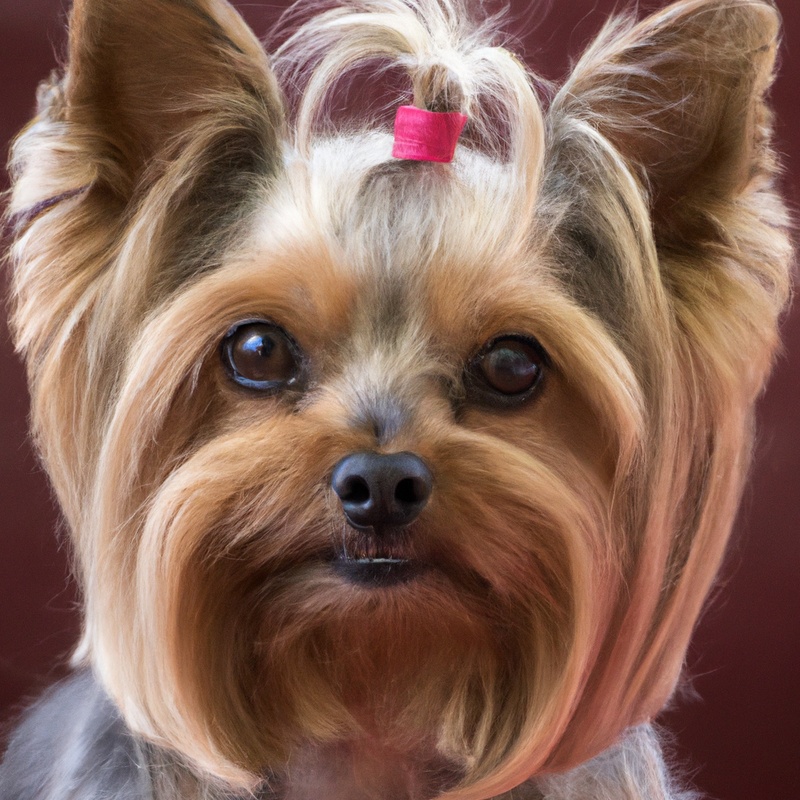
Alternative solutions for keeping a Yorkshire Terrier in the yard without a fence
Using wireless or invisible fences for containment
Using wireless or invisible fences for containment is one option to keep your Yorkshire Terrier in the yard without a physical fence. These systems work by transmitting a signal to a collar that your dog wears.
When your dog approaches the boundary line, the collar emits a warning sound or mild correction to deter them from crossing.
It’s important to introduce your dog to the system gradually, allowing them to learn the boundaries through positive reinforcement and rewards. Keep in mind that invisible fences may not be suitable for all dogs, as some may become fearful or anxious.
Always consult with a professional trainer or veterinarian before implementing this containment method.
Constructing a physical barrier or enclosure for your Yorkshire Terrier
Constructing a physical barrier or enclosure is an effective way to keep your Yorkshire Terrier in the yard without relying on a fence. Here are a few options to consider:
- Build a dog run: A dog run is a fenced area specifically designated for your Yorkshire Terrier. Use sturdy materials like chain-link fencing or heavy-duty panels to ensure it’s secure.
- Install an invisible dog fence: These systems use underground wires and a special collar to create a boundary for your Yorkshire Terrier. When they approach the perimeter, they receive a warning signal or mild static correction.
- Use portable fencing: If you prefer a temporary solution, portable fencing panels or playpens can be easily set up in your yard. They provide a contained space for your Yorkshire Terrier to explore and play safely.
- Create a landscaped boundary: Consider using hedges, shrubs, or flower beds strategically placed around the yard to create a natural barrier. Make sure the plants are non-toxic and cannot be easily dug under or jumped over.
Remember, the safety of your Yorkshire Terrier is the top priority, so choose a barrier or enclosure that suits your pet’s needs and your yard’s layout. Regularly check the barriers for any damage or gaps to maintain their effectiveness.
Exploring tethering options for supervised outdoor time
When it comes to supervised outdoor time for your Yorkshire Terrier, exploring tethering options can be a helpful solution. Tethering involves using a long leash or cable to secure your dog in a designated area.
There are a few options to consider:
- Tethering to a stake or post: You can anchor a stake or post firmly in the ground and attach a long leash to it. Make sure the leash is secure and your dog has enough room to move comfortably.
- Tethering to a tree or sturdy structure: If you have a tree or another sturdy structure in your yard, you can loop the leash around it and secure it properly. Be mindful of any potential dangers or obstacles in the surrounding area.
- Tethering to a dog run or lead line: A dog run or lead line is a designated area with a cable attached to both ends. This provides your Yorkshire Terrier with more freedom to move around while still remaining safely confined.
Precautions and safety measures to consider when keeping a Yorkshire Terrier in the yard without a fence
Ensuring proper ventilation and shade for your Yorkshire Terrier
Proper ventilation and shade are essential for keeping your Yorkshire Terrier comfortable in the yard. Dogs can easily overheat, so make sure there’s enough airflow and shade to keep them cool.
Provide a sheltered area with a dog house or canopy where your Yorkie can relax and escape from the direct sun.
Ensure the space is well-ventilated and has good air circulation. Consider placing a fan nearby for extra cooling.
Monitor your dog for signs of heat stress and adjust the ventilation and shade accordingly.
Regularly inspecting the yard for potential hazards
Make sure to regularly check your yard for potential hazards. This means taking a walk around the yard and keeping an eye out for anything that could be dangerous for your Yorkshire Terrier.
Look for sharp objects, toxic plants, or anything your dog could chew on or get tangled in.
Inspecting the yard on a regular basis will help ensure a safe environment for your furry friend. Keep in mind that dogs are curious creatures, so it’s important to stay vigilant and remove any hazards promptly.
Monitoring your Yorkshire Terrier’s behavior and well-being in the yard
Keep an eye on your Yorkshire Terrier’s behavior and well-being when they’re in the yard. Watch out for any signs of uneasiness or distress, like excessive barking, pacing, or trying to escape.
Make sure the yard is free of any hazards, such as toxic plants or sharp objects.
Provide plenty of shade and fresh water to keep your furry friend cool and hydrated. Regularly check for any signs of injury or discomfort, and consult a vet if needed.
Be mindful of the weather conditions, as extreme heat or cold can affect your Yorkshire Terrier’s health.
Keep them supervised at all times to ensure their safety.
Troubleshooting common challenges when teaching a Yorkshire Terrier to stay in the yard without a fence
Dealing with escape attempts and boundary testing
Dealing with escape attempts and boundary testing can be a common challenge when teaching your Yorkshire Terrier to stay in the yard without a fence. Here are some tips to help you tackle these issues:
- Supervise your Yorkshire Terrier: Keep a close eye on your dog when they are outside. This will allow you to catch any escape attempts or boundary testing behaviors early on.
- Reinforce boundaries: Train your Yorkshire Terrier to understand the boundaries of your yard. Use positive reinforcement techniques, such as treats and praise, to reward them for staying within these boundaries.
- Secure your yard: Take steps to make your yard escape-proof. Check for any gaps, openings, or weak spots that your Yorkshire Terrier could exploit. Fix or block these areas to prevent escape.
- Distract and redirect: When your Yorkshire Terrier shows signs of boundary testing, distract them with a toy or a game to redirect their attention back into the yard. This can help reinforce the idea that staying in the yard is more rewarding than attempting to escape.
- Consistency is key: Be consistent with your training and expectations. Reinforce the rules every time your Yorkshire Terrier is outside. With time and repetition, they will learn what is expected of them.
Remember, patience and persistence are important when teaching your Yorkshire Terrier to stay in the yard without a fence. With consistent training and positive reinforcement, you can successfully deal with escape attempts and boundary testing.
Addressing fear or anxiety-related issues in the yard
Addressing fear or anxiety-related issues in the yard can be challenging, but there are a few strategies you can try.
- Create a safe and comfortable environment: Remove any potential triggers or sources of fear in the yard. Provide a cozy shelter or a designated area where your Yorkshire Terrier can feel secure.
- Gradual exposure: Start by slowly introducing your dog to the yard in short increments. Allow them to explore at their own pace, rewarding them with treats and praise for positive behavior.
- Counter-conditioning: If your Yorkshire Terrier shows signs of anxiety or fear, use positive reinforcement techniques to shift their emotional response. Pair the yard with something enjoyable, such as playtime or mealtime, to create positive associations.
- Use desensitization techniques: Gradually expose your dog to the stimuli that trigger fear or anxiety in the yard. Start with low levels of exposure and gradually increase intensity over time, rewarding calm behavior throughout the process.
- Seek professional help: If your efforts are not yielding results or if your Yorkshire Terrier’s fear or anxiety is severe, consider consulting a professional dog trainer or behaviorist who specializes in anxiety-related issues.
Remember, every dog is unique, so it may take time to find the right approach for your Yorkshire Terrier. Patience, consistency, and positive reinforcement are key to helping your dog feel more comfortable and secure in the yard.
Modifying training techniques for Yorkshire Terriers with a strong prey drive
Training Yorkshire Terriers with a strong prey drive requires some modifications to the training techniques. These dogs have a natural instinct to chase after small animals, so it’s important to address this behavior while teaching them to stay in the yard.
Here are a few tips to modify the training techniques for Yorkshire Terriers with a strong prey drive:
- Start with a solid foundation: Before addressing the prey drive, ensure that your Yorkshire Terrier has a strong foundation in basic obedience commands like sit, stay, and come. This will establish a clear line of communication between you and your dog.
- Use positive reinforcement: Positive reinforcement techniques, such as treats, praise, and rewards, work best when modifying behavior. When your Yorkshire Terrier resists the urge to chase after prey or stays in the yard, reward them immediately to reinforce the desired behavior.
- Gradual exposure to distractions: Gradually expose your Yorkshire Terrier to distractions that might trigger their prey drive, such as squirrels or birds. Start with small distances and controlled situations, gradually increasing the difficulty as they improve their impulse control.
- Leash training: Utilize leash training to reinforce boundaries and keep your Yorkshire Terrier under control. Practice walking on a leash in your yard, gradually increasing temptations and distractions. Reward them for staying close and focused on you.
- Engage in interactive play: Engage your Yorkshire Terrier in interactive play that channels their natural prey drive in a controlled manner. Use toys that simulate prey-like movements and provide mental stimulation. This can help redirect their energy and fulfill their instincts in a safe way.
- Consistency is key: Consistency is crucial when modifying any behavior. Ensure that all family members follow the same training techniques and rules, reinforcing the desired behavior consistently. This will avoid confusion and help your Yorkshire Terrier understand what is expected of them.
Remember, modifying training techniques for Yorkshire Terriers with a strong prey drive requires patience, consistency, and positive reinforcement. With time and dedication, you can help your Yorkshire Terrier stay in the yard without a fence.
Final Verdict
Teaching a Yorkshire Terrier to stay in the yard without a fence can be a challenging task, but with the right techniques and precautions, it is definitely achievable. Positive reinforcement training methods, a safe and secure outdoor environment, visual and physical cues, and consistent training are key factors in successfully teaching boundaries.
Additionally, alternative solutions like wireless fences or physical barriers can also be considered.
However, it is essential to prioritize your Yorkshire Terrier’s safety by ensuring proper ventilation, regularly inspecting the yard for hazards, and monitoring their behavior and well-being. By taking these steps, you can create a secure and enjoyable outdoor space for your beloved Yorkshire Terrier.

